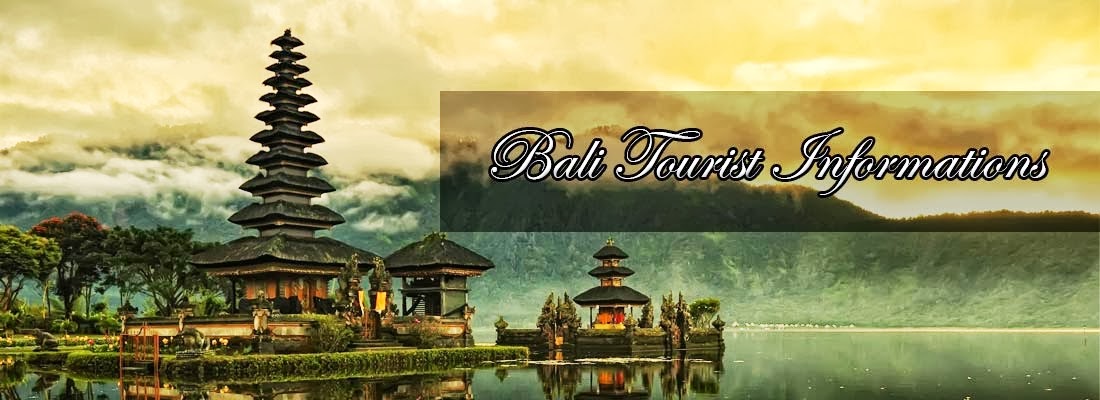Before the introduction of modern prefabricated materials the Balinese artists used their own traditional colors for their Wayang paintings. The ingredients were made of animal bones, locql glue, clay, certain fruits, oil-lamp soot, and chinese ink. Miguel Covarrubias in his book about Bali wrote, that aside from painting artifacts of daily use the Balinese artists made paintings only for three purposes. Ider-ider, the long painted bands used to decorate the eaves of temple shrines, the painted hangings or curtains Langse, and the traditional astrological calendars Palelintangan.
It is a pity that he didn't talk about two other paintings, which are used by the Balinese to decorate their temples. They are the Bendera, flags which are used to decorate spears or poles, and the other one is the Umbul-umbul, a long triagular flag used to decorate temples by fixing it on a long vertical bamboo pole.
The traditional Wayang painting is a kind of narrative painting made on a piece of cloth. The artist made several partitions for several episodes of the story. Figures derived from the leather puppets Wayang Kulit, combined with landscapes for the backgrounds, weapons and conventional attributes to distinguish a certain character from the others, darker colors for the bad character faces and light colors for the good faces. All available space is covered with patterns; flames, clouds, or just ornamental walls to separate one episode from the others.
Nowday this kindof painting is known as Kamasan style, for it only made by the artist of Kamasan village (near Semarapura, city town of Klungkung regency). It is very easy to recognize for their colors are not more than black for the contour of the figures, brown for buildings and trees and earth, ochre for the body of the figures, yellow for the attributes, white for faces and dresses and weapons, green for the leaves and bushes, red for eyes and dresses, blue for the skies and water, but mostly are dominated by brown and achre.
In the beginning of the Thirties many Western artist came to Bali to stay for long periods of time. They brought with them the modern ready-for-use materials, and also their "Western Style". Within a very short time the local artists, especially the "young artists" (of the thirties), of Ubud village, imitated them. They developed a new style which is strongly influenced by the romantic decorative style of Walter Spies, and the strong contoured slim figures of Rudolf Bonnet.
Recently this style is known as "Ubud style" or "Pita Maha" style since it was developed by the "young artists" (of the thirties) association "Pita Maha" in Ubud village.
While the artists of Ubud village were developing a new style their fellows in Batuan village (about 10 kilometers to the south of Ubud) were busy with their own style. They copied the sculptures on their temple walls, and transformed them onto their canvases, and combined them with thir own colors and ideas, and a new style was born which is then called "Batuan style".
Unlike the "Ubud style" paintings with their romantic bright colors and taller figures, "Batuan style" paintings are dominated by darker and stronger colors. Their dark red, brown, black, dark green, and shorter figures, make their paintings to have a tendency towards the expressions of magical atmospheres.
In its further developments the Balinese painting, again, in the middle of the sixties, added another style which is called "Young Artist", brought by the young artists (of the sixties) from Penestanan village at the west part of Ubud. At the beginning several boys, mostly under fifteen, got some colors and papers given by Arie Smit, a Dutch born Indonesia artist, and were allowed to paint anything they liked. This way of teaching (probably just a "chance giving") without any influence nor guidance from any other artist, not even from Smit himself, brought a new style which is free from the influence of the other styles. But several characteristics of the traditional way of painting are left, such as the way they fill the entire canvas. The way they paint similar figures, and the way they puf the farther objects that should be higher than the closer ones. Childish forms and bright colors red, yellow, blue, and green, dominated the entire canvas. Objects derived from the daily activities of the surrounding people.
The famous name of Bali and her uncountable sources of ideas have a special place in every artist's heart. In order to get a closer contact with these sources many artists came and stayed and melted into the life of the island. They fill the vacant places with their various works of beauty. They record the environment. And nowadays it is not difficult for visitors to have good paintings of almost any style, from the realists, naturalists, impresionists, expressionists, surrealists, or even a certain "ism" which is not too easy to say of what style it is.

No comments:
Post a Comment